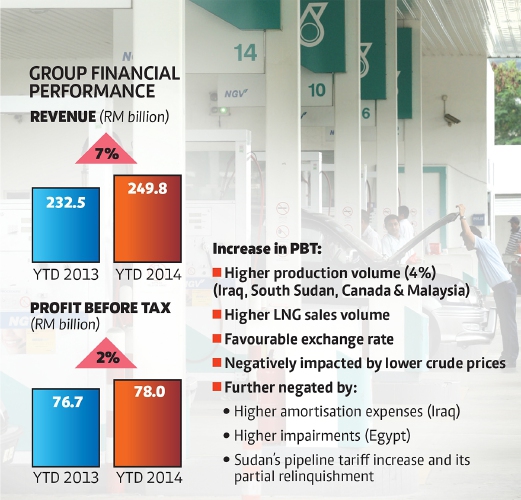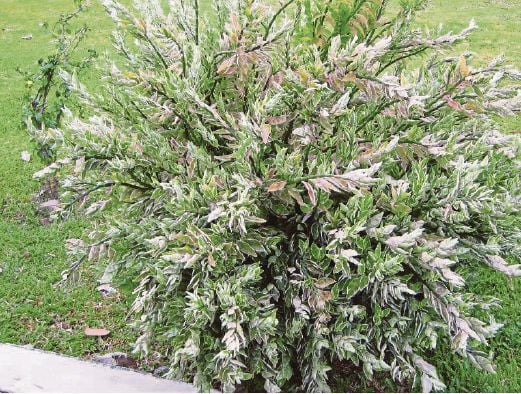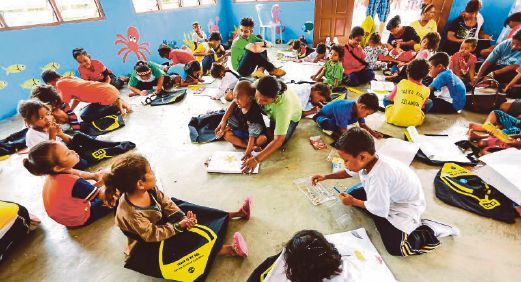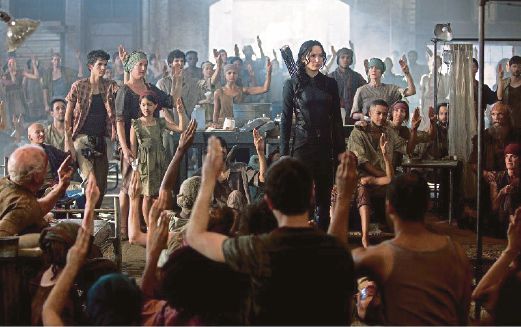The actor channels James Bond to give voice to a super agent in Penguins Of Madagascar,
WITH a cumbersome name as Benedict Cumberbatch, it’s ironically on the tip of so many fans.
The London-born actor is having a moment — or six — finding himself the go-to guy for blockbusters, indies, Oscar-bait, live theatre and voice work.
Recently he was an animation voiceover artiste, adapting his distinct delivery to play the Bond-like wolf, Agent Classified, in DreamWorks Animation’s Penguins Of Madagascar, opening in cinemas today.
“I’ve never done this type of work so I wanted to see if it was enjoyable,” he says, adding that the project seemed very appealing to him.
This 3D, computer-animated feature is a spin-off of the studio’s enormously successful Madagascar series, which has earned close to US$2 billion (RM6 billion) since its debut in 2005.
Penguins Of Madagascar capitalises on the enormous popularity of the Polar foursome, Skipper, Kowalski, Rico and Private.
“I thought the penguins were richly comic characters from the Madagascar films, and this Agent Classified character sounded intriguing as a spoof of Bond,” says Cumberbatch.
In the film, the penguins join forces with animal welfare task force North Wind, led by wolf-turned super-spy Agent Classified, to capture his slippery adversary, Dr Octavius Brine (voiced by the legendary John Malkovich) and stop him from destroying the world.
Commenting on the film, Cumberbatch says: “There’s a great deal of sophistication, slapstick and great capers that will appeal to kids.
“(The penguins are) very lovable, cute, accidental heroes, yet there’s a human element to both them and North Wind.”
Cumberbatch’s agent is a cool, serious, level-headed professional using hi-tech gadgetry but, as Cumberbatch says, Agent Classified soon finds out that “you have to be a little bit penguin in life” to really find success.
He reveals more about Agent Classified and his experience working on Penguins Of Madagascar.
Why did you choose this as your debut movie?
I have friends who have children — one is my godson, who’s going to be about the right age to enjoy the film — so I thought I’d give it a go.
I hope I’ve done a good enough job to get a gig again. It was fun.
It pains me to see this movie sometimes because I want to do more than they’ve asked me to do — maybe this is a way into doing more. But yeah, I love those characters — they’re very funny.
Who is Agent Classified, and how did you develop the character?
He takes himself incredibly seriously — as he should, because he’s the head of The North Wind, which is this elite task force that looks after animal welfare around the world.
The fantastic metaphor in the film is that he’s a well-organised, slick professional, but through clashing heads with his polar opposite penguins — no pun intended — he learns that you have to be a little bit penguin in life.
You have to sometimes just run with the problem rather than try to solve it with hi-tech wizardry and lots of planning.
He seems quite Bond-like.
In his mind, and also in his voice, which was part of the development, that suave, English delivery.
There is some seduction, there is definitely gadgetry, there’s a lot of action and he’s quite adept at what he does.
He’s commanding but then he can also be a complete and utter pillock as well. That’s a counter-intuitive version of Bond, which I found quite funny.
Why do you think the filmmakers thought you’d make a great Agent Classified?
I guess in the way that John Malkovich has played villains, I’ve played many slightly arrogant anti-heroes.
Initially, I thought it was an amalgamation of things I’d done but I wanted to find a way to make it original.
I started putting in my two cents worth and they were really thrilled by that. I try to make them laugh with improvisations every time. I try to shape it so that it’s not me doing something expected.
How was it for you to remove yourself physically from the process — freeing or frustrating?
It’s frustrating and difficult, because of that disconnect. You’re not with the other players, and you’re not even with your own performance — you’re doing it to a blank screen.
You’re not following an image and you’re not doing it with a movement that is extrapolated into something that resembles that movement.
The movement you do is recorded, but it’s usually just so you can vocalise the character as you need.
You have to lose your sanity and inhibitions, and any kind of dignity and just throw yourself around a bit.
You voiced the animated dragon Smaug in The Hobbit. For that you went to the zoo to watch and study lizards. Did you do the same for Agent Classified?
Did I observe dogs? No. This dog stands on its hind legs and drinks espressos, and lifts its little pinky up on its paw! It’s beyond anthropomorphic; it’s a very surreal, alternate world of animals.
Can you see any of yourself in Agent Classified?
Hopefully a little bit, yes. Mainly the sort of hangdog expression, and some of the raised eyebrows and cup-of-tea moments.
He’s always got his little finger up - not that I do that in real life, but I did that in the sessions to try and influence the animation.
Madagascar capitalised on everyone’s love of penguins, and it seems that this movie alludes to that love.
It does. The overriding theme is “aren’t penguins cute”, and there you have a reason for an arch villain and all the other hell that ensues.
So yes, it’s a very smart inversion of the stereotype about penguins. You mix their cuteness with human foibles and characteristics, and you’ve got a very potent combination.
They’ve created a really strong dynamic — the speechless but brilliant and eating-everything Rico, the innocence of Private, Skipper’s incredible delivery that’s somewhere between John Wayne and James Mason... it’s brilliant.
Why do people love the penguins?
They’re just brilliantly realised characters — their human dynamic is intoxicatingly funny and recognisable.
They’re hapless heroes, accidentally running into the right solution, often by idiocy, but you love them for it because they really believe in what they’re doing.
They believe they really are that brilliant. They don’t realise how much is accidental.
What makes a good animated movie?
Being able to balance adult and knowing in-jokes and also just out and out funny things that make people laugh.
The idea that it’s something that will appeal to a family, that’s the trick.
Beyond that, it’s great to get in subversive messages about morality and how to make a slightly better life for yourself and others, and the world.
If you can do that without too much syrup coating, all the better. Animations are really powerful for that — it’s not just entertainment. It’s a very cunning way to get good ideas across.

















